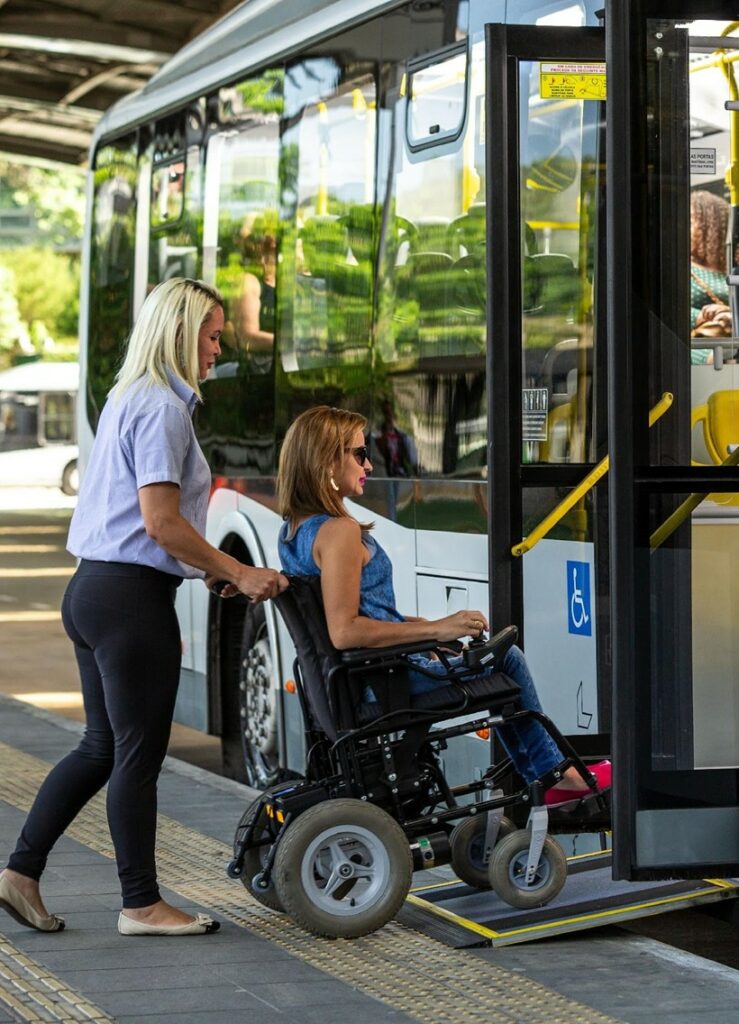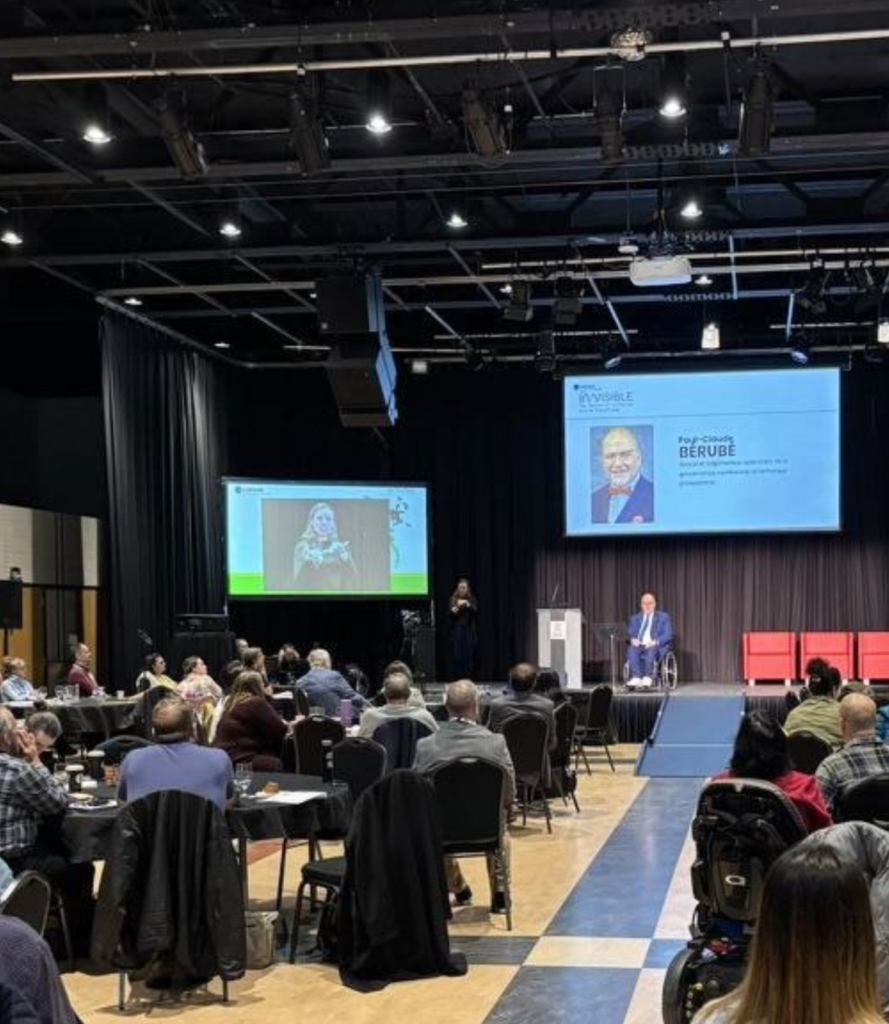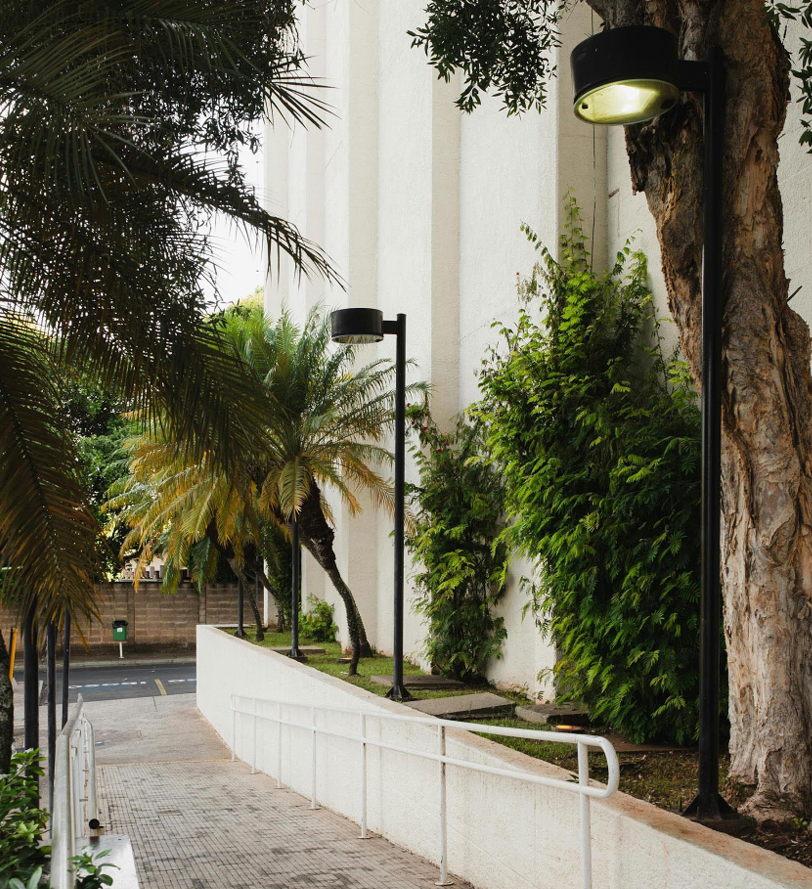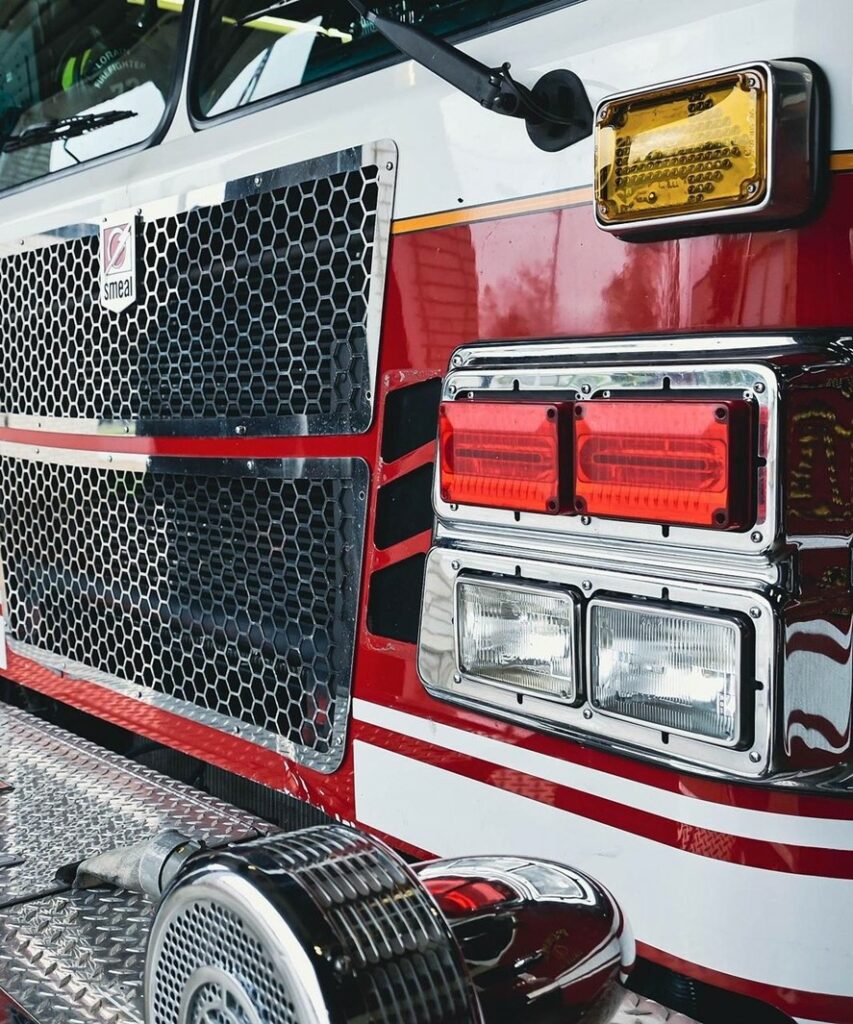
It is essential that all people, especially those with disabilities, can fully enjoy recreational, sporting and tourist activities in order to foster a truly inclusive society.
Overview of the situation
Importance of accessibility in recreation, sports, and tourism
Accessibility is essential for everyone to enjoy the benefits of recreation and tourism, whether in terms of physical, mental or social well-being. It also gives a boost to the local economy by reaching more people who may want to participate in activities in these sectors.
The numbers regarding accessibility for persons with disabilities in recreation, sport and tourism in Québec and Canada are encouraging, but there is still more work to be done. Here are some key statistics and facts:
- In 2017, 22% of Canadians aged 15 and over reported having at least one form of disability, totalling about 6.2 million people.
- 3.8% of Canadians have a mobility disability.
- Canada’s Accessibility Action Plan (2022) aims to improve access to public places, including sports and tourism facilities, with clear targets to be achieved by 2040.
- In Québec, approximately 16% of the population (1.2 million people) live with a disability.
- According to a 2019 study, 42% of persons with disabilities in Québec reported difficulties accessing tourism or sports facilities.
- Approximately 53% of Québec municipalities offer accessible recreational infrastructure, such as adapted swimming pools or accessible hiking trails.
Initiatives and progress
The Government of Québec has established programs such as the Programme d’aide financière aux infrastructures récréatives et sportives (PAFIRS) [Recreational and sports infrastructure financial assistance program], which funds the deployment of accessible infrastructure.
Organizations such as Kéroul, a key player in tourism accessibility in Québec, collaborate with governments and businesses to improve access to tourist sites. To date, Kéroul has helped make more than 400 tourist establishments accessible.
These figures show significant awareness and progress, but challenges remain to make Québec and Canada fully accessible to persons with disabilities in the sport and tourism sectors.
Canadian legal framework and standards
Accessible environments for all citizens and visitors in Canada must be created in accordance with national and international accessibility policies.
-
Compliance with national and provincial standards
Strict adherence to the standards established by the Accessible Canada Act (ACA) as well as provincial standards such as the AODA.
-
In-depth education and awareness
Offering advanced training programs for all professionals in the sector.
-
Accessibility innovation
Encouraging the adoption of new technologies and designs to improve the user experience.
The following two documents are key in this regard, and should be consulted and complied with:
Good practices
Nous suggérons quelques mesures concrètes, à adapter selon votre organisation
Resources
-
Parks Canada
Parks Canada has implemented accessibility strategies at its national sites. For example, the Parc national des Îles-de-Boucherville in Québec has developed accessible hiking trails and adapted facilities, such as ramps, accessible washrooms and information panels in Braille. Parks Canada has also introduced technological tools such as mobile applications to guide visually impaired visitors.
-
Paralympic Games in Canada
Canada hosted a variety of Paralympic events, putting in place accessible sports infrastructure. The 2010 Paralympic Games in Vancouver is a great example, with sports facilities designed to be fully accessible, including adapted transportation systems for athletes and spectators. The event also included educational programs to raise awareness of the importance of inclusion in sport.
-
Ripley’s Aquarium in Toronto
The Ripley’s Aquarium in Toronto is an example of a tourist site that has fully integrated accessibility. It has accessible ramps and elevators, special seating for wheelchair visitors, and silent visiting sessions for people with autism or sensory disabilities. The aquarium also offers audio descriptions for exhibitions and Braille brochures.
-
Royal Ontario Museum (ROM)
The Royal Ontario Museum (ROM) in Toronto has taken significant steps to make its exhibits accessible to everyone. This includes guided sign language tours, touch cards for visually impaired visitors, and educational programs specifically designed for persons with disabilities. The museum regularly collaborates with advocacy organizations to continuously improve its services.
-
Stanley Park in Vancouver
Stanley Park is another example of an accessibility initiative. The park has accessible trails, adapted beaches with special ramps and beach chairs, as well as inclusion programs for outdoor activities. Digital maps and guides detail the accessible sections of the park, helping visitors plan their visit.
Promoting accessibility in recreation, sport and tourism is essential to building an inclusive Canada. This requires ongoing collaboration between governments, private companies and communities to ensure that recreation and tourism are not only accessible but also welcoming to all. This helps strengthen our national identity as a country that values every citizen.
References
Here are some reference documents and sources for you to explore the topic of accessibility in recreation, sport and tourism for persons with disabilities in Québec and Canada:
-
Government of Canada: 2017 Canadian Survey on Disability (CSD)
-
Kéroul – Tourism accessibility in Québec.
-
Ministère de l’Éducation et de l’Enseignement supérieur du Québec: Programme d’aide financière aux infrastructures récréatives et sportives (PAFIRS)
-
Observatoire québécois du loisir: Recreational infrastructure accessibility in Québec.
-
Loisir et Sport Montérégie: Study on the accessibility of sports facilities.
-
UN World Tourism Organization (UNWTO) – Manual on Accessible Tourism for All.
Fact sheet prepared in collaboration with HorizonB2B.
Related fact sheets in this guide
To ensure inclusion in employment, also consult the following fact sheets:







